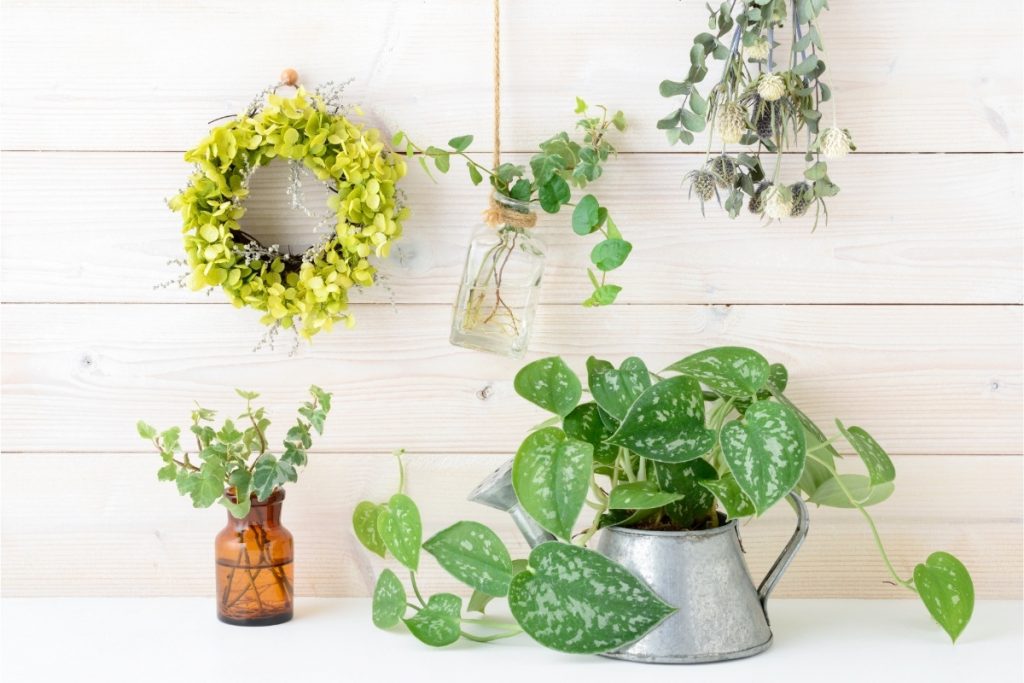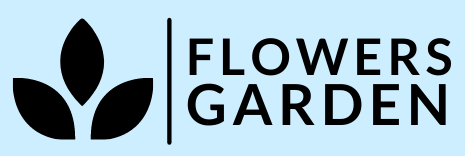Table of Contents
How to Evaluate a Plant’s Aesthetic Value
If you’re considering adding some greenery to your backyard, you’ll find that there are several different types of plants that you can use. The most important factors to consider when selecting a plant for your yard are: color, texture, and low maintenance. Keep reading to learn about some of the most attractive types of plants for your yard. You’ll be happy you did when you discover the many beautiful types of plants available. You can even use a combination of plants for different purposes, from accenting a room to bringing out the beauty of a natural landscape.
Low maintenance
Low-maintenance houseplants can be a great way to add life to a room, while still requiring little care. While some indoor plants require lots of natural sunlight, others can survive with indirect light. These plants are safe to keep in the home with children and pets. A consultation from Decorilla can help you decide which type of houseplant will be best for your space. Once you decide, choose the best location for them and enjoy their beauty.
When you’re just starting out with houseplants, low-maintenance plants are an excellent choice for beginners. Most of these plants do require water and sunlight but don’t require a lot of care. Beginner plant owners can easily adjust to the learning curve of these plants, and a variety of plants are easy to care for. Here are some tips to get started. Listed below are some of the most popular low-maintenance plants:
Fig trees are a classic low-maintenance houseplant. Their red veins to make them look like a work of art. The leaves also tend to raise and contract with the day and night cycle, giving them the common name of a prayer plant. They prefer indirect light and moist soil and require only occasional watering. This makes them an excellent choice for far-off corners of your house. And, while they require a bit of care, they are beautiful and low-maintenance.
Easy to grow
Ferns, also known as mother-in-law’s tongue, are among the easiest plants to grow and care for. The leaves and flowers of this plant look like painted brush strokes, and they need plenty of moisture. If you have a sunny spot, plant a fern and water it frequently. Ferns have a long history as ornamental plants and are believed to bring wealth, luck, and good luck. They’re native to Southwest China.
Ferns are great plants for any room in the home. They thrive in moderately moist soil and need about six hours of sunlight a day. You can get this sunlight by placing them in south-facing windows. During the summer, they require moist soil. During the winter, they prefer dry soil. In optimal conditions, they reach 20 feet tall. Ferns are defined by their distinctive trunk and striking green leaves with yellow hints. They prefer filtered light and partial shade. You may need to mist the plants regularly to make them thrive.
Dwarf shrubs are also easy to grow. They’re easy to care for and can survive in a variety of soil conditions. Most of them have a high transplant survival rate, and they don’t usually attract destructive pests. For example, junipers and succulents are good plants for low-light environments. Plants in these conditions shouldn’t be overwatered, though. They’re also perfect for the office or bedroom.
Coarse texture
Large leaves and twigs are examples of plants with coarse texture. Large leaves often serve as a backdrop for smaller leaves and stems. A balanced composition of coarse and fine textures is ideal. In contrast, fine foliage should be paired with large leafy plants to create an appealing visual balance. Various types of plants have different textures and proportions. Here are a few examples:
Foliage with more than one color appears finer. Closely spaced variations have a greater visual weight than large, blotches of color. An example of fine and coarse texture is bougainvillea, which has an overall coarse texture. Fine texture is less dominant but still important, because it emphasizes the contrast and creates a visual mood. Coarse textures are better suited to enhancing the composition of a landscape.
Fine-textured plants have fewer large blots and small leaves. This type of plant gives the illusion of filling a space, yet recedes into the background. Fine-textured plants can also make small gardens appear larger, as they reflect fewer large blots and tend to be relaxed. Some examples of fine-textured plants are honey locust, calendar, and most ferns.
Large-scale plantings should avoid using coarse textures. They tend to make small areas look small and harsh. Color is the third essential quality of design. Color adds the most drama to a landscape. When incorporating plants into a landscape, choose plants with different leaf sizes and structural patterns. Using these plants in a larger landscape will give the landscape more drama and interest. And the use of contrast and texture is essential for achieving the best aesthetic balance.
Color
One way to evaluate a plant’s aesthetic value is to consider its color. The color of its leaves, fruit, and seeds play an important role in plant-disperser coevolution. However, no study has translated aesthetic evaluation of plant color into specific tree species selection. The evaluators in our study were drawn from the general public. In general, they preferred the look of green, yellow, and red plants over gray or black ones.
The results of this study show a relationship between prototypicality, complexity, and symmetry. For example, the flower color has a positive effect on beauty when compared to its corresponding sepia tone. In addition, flower symmetry has an effect, and flowers with bilateral symmetry received higher beauty scores. Thus, the flower color may affect the performance of humans. Further research is needed to further explore the relationship between prototypicality and perceived beauty.
Using the color wheel, you can select an aesthetic plant that matches the color scheme of the room. Plants with similar color palettes to complement each other better. Yellow-colored plants compliment green-hued rooms, while green-hued plants go well with blue-hued rooms. However, any color will do as long as it goes well with the overall aesthetic of a room. The color of plants aesthetics may be different, depending on the size and space of the plant in the room.
Form
Throughout history, scientists have studied the relationship between form and function. This relationship has evolved as a result of the study of plant systems. Function following form is a concept in plant science, which focuses on how changes in function can change the way a plant’s form. In California, for example, a plant’s xylem lumen area is positively correlated with its height, which was correlated with resistance to water flow. However, in tropical rainforests of Central America, vessel diameter was not correlated with plant height or drought, indicating that the latter is an important factor in determining the risk of drought-induced embolism.
In many cases, growth form diversity is understudied in land plants. Phylogenetic studies are needed to place pattern variation in their evolutionary context. Moreover, genetic studies on secondary vascular cambium and primary meristems have been slow to develop. Arabidopsis provides an excellent model system for studying the relationship between growth form and environment. In many cases, rapid expression of adult characteristics results in different growth forms.
The relationship between volume and surface area is also a major factor in regulating a plant’s form. Some plants have spherical forms, such as tumbleweed, which has a long stem. Such a form is also characteristic of underground storage organs, such as corms and bulbs. This is due to the fact that plant forms can change with environmental conditions. As the environment becomes more restricting, the plasticity in growth form decreases.
Size
The size of aesthetic plants is largely influenced by the scale and texture of the leaves and stems. Plants with fine, medium, and coarse textures make the space appear larger. Plants with coarse textures tend to appear closer to the viewer. When choosing the right size of aesthetic plants, consider the type of indoor environment in which they will be placed. You can select plants of the same height and texture, or you can select plants of different sizes to make each room appear cozier.
Aesthetic size of plants will dramatically change the look of a room. However, you should be aware of the fact that larger plants will cost more money. However, these plants will fill in space faster. Choosing smaller plants will save you money, but will also require you to purchase more of them. The downside of small plants is that they will look inconspicuous compared to their larger counterparts.


